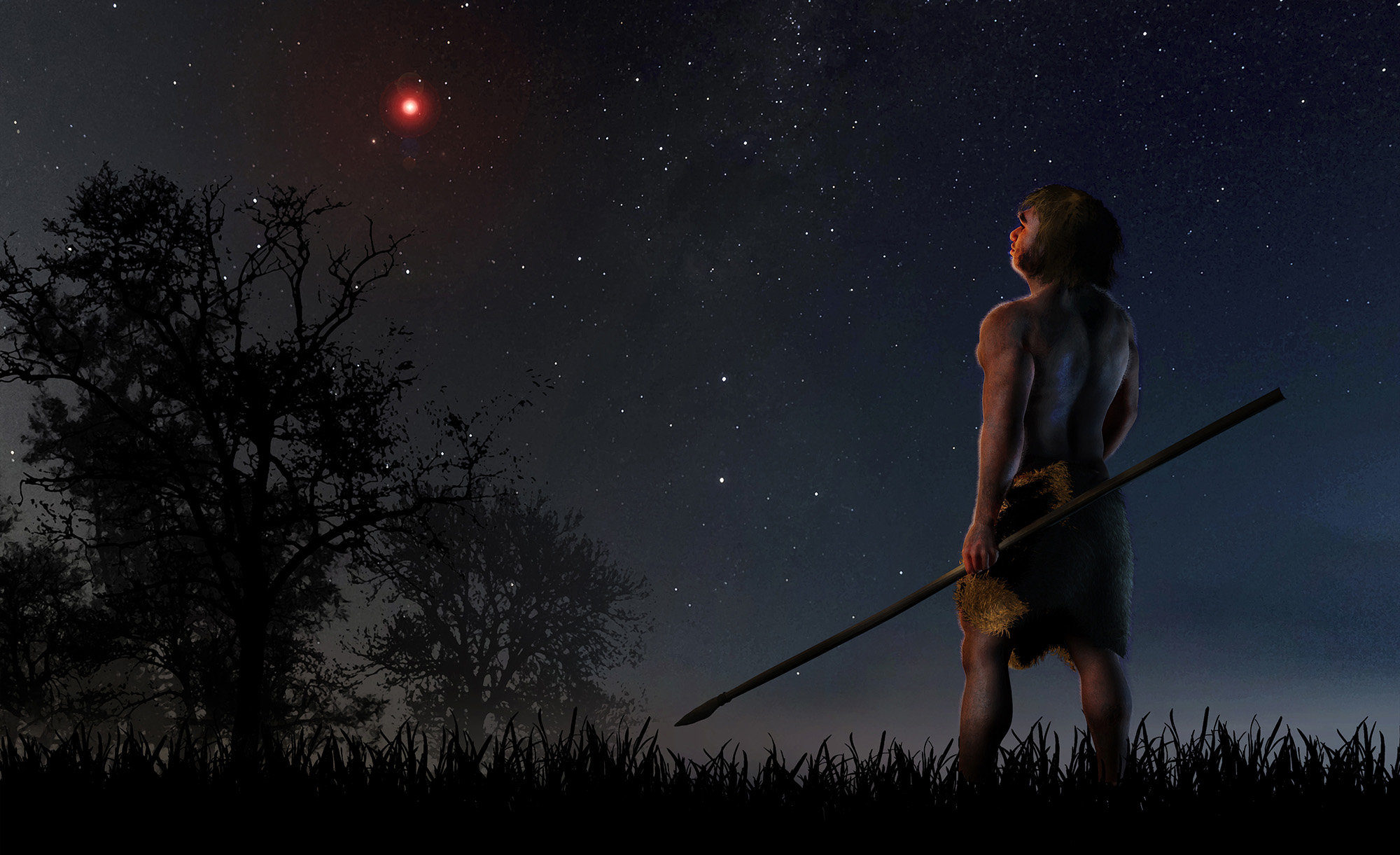
© José A. Peñas/SINCAt a time when modern humans were beginning to leave Africa and the Neanderthals were living on our planet, Scholz's star approached less than a light-year.
Astronomers from the Complutense University of Madrid and the University of Cambridge have verified that the movement of some of these objects is still marked by that stellar encounter.
At a time when modern humans were beginning to leave Africa and the Neanderthals still thrived, Scholz's star-named after the German astronomer who discovered it-approached less than a light-year from the sun. Today, it is almost 20 light-years away, but 70,000 years ago, it entered the Oort cloud, a reservoir of trans-Neptunian objects located at the confines of the solar system.
This discovery was made public in 2015 by a team of astronomers led by Professor Eric Mamajek of the University of Rochester (USA). The details of that stellar flyby, the closest documented so far, were presented in The
Astrophysical Journal Letters.
Now, two astronomers from the Complutense University of Madrid, the brothers Carlos and Raúl de la Fuente Marcos, together with the researcher Sverre J. Aarseth of the University of Cambridge (United Kingdom), have analyzed for the first time nearly 340 solar system objects with hyperbolic orbits (very open V-shaped, rather than elliptical) They have concluded that the trajectories of some of these were influenced by the passage of Scholz's star.

Comment: Dr. Marc Fries with the NASA Johnson Space Center reports this particular bolide was the size of a minivan and one of the largest in 20 years. Update - 15 March, 2018:
KGW8 reports: